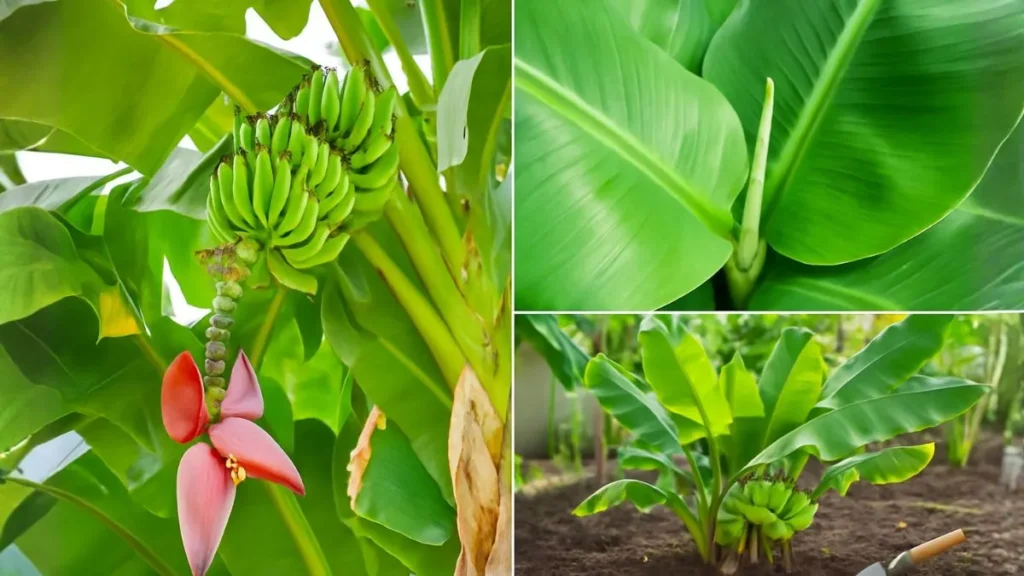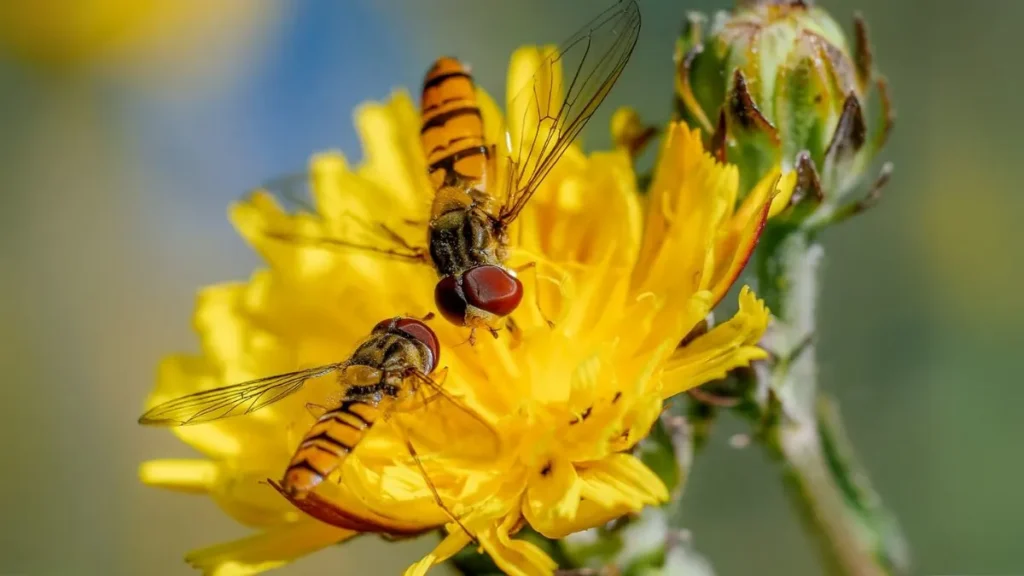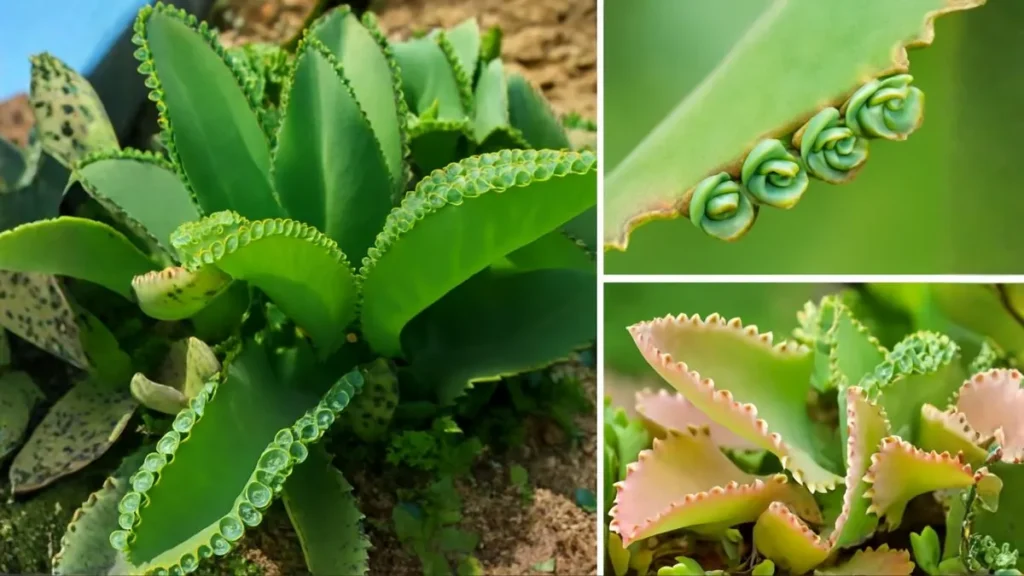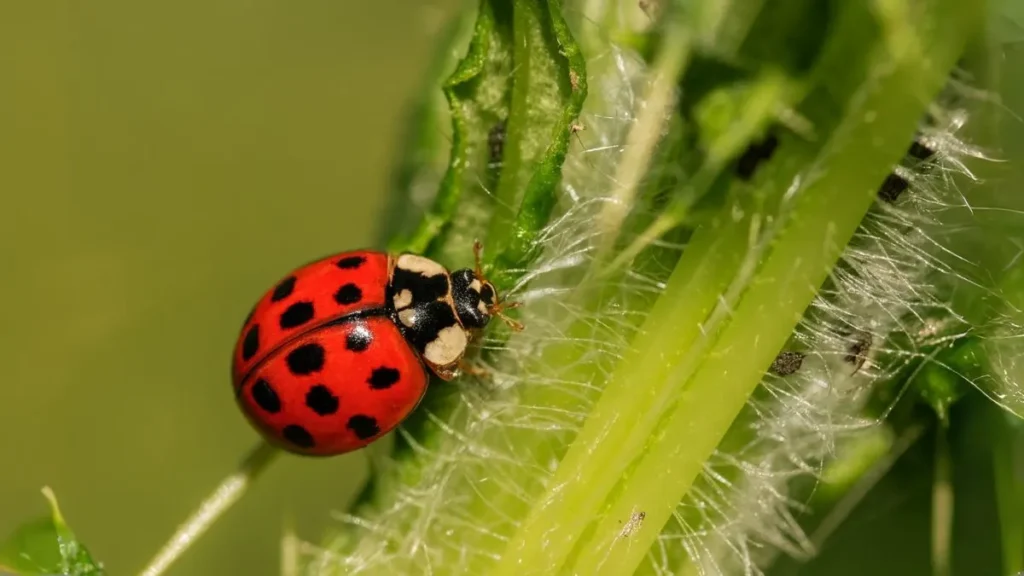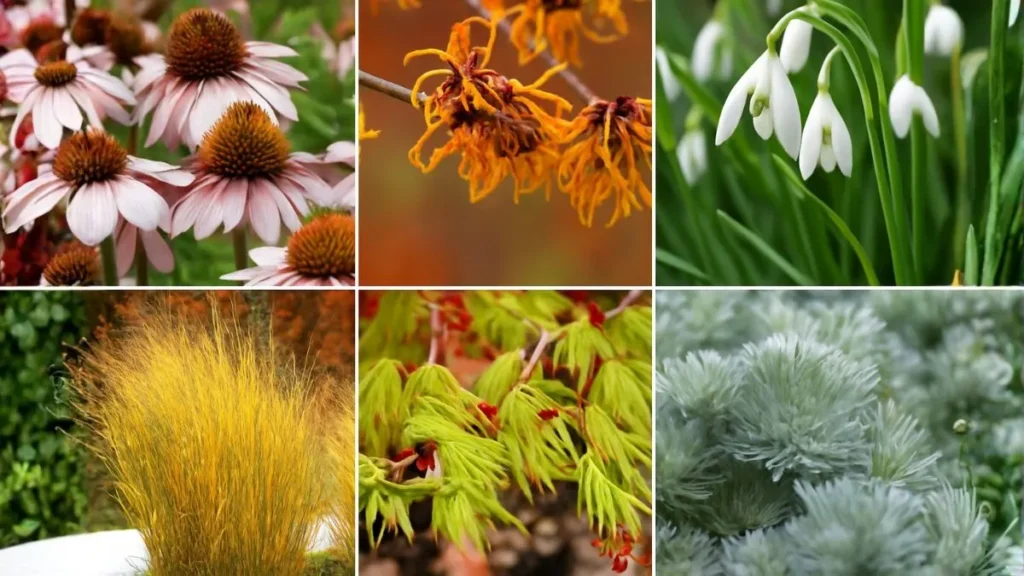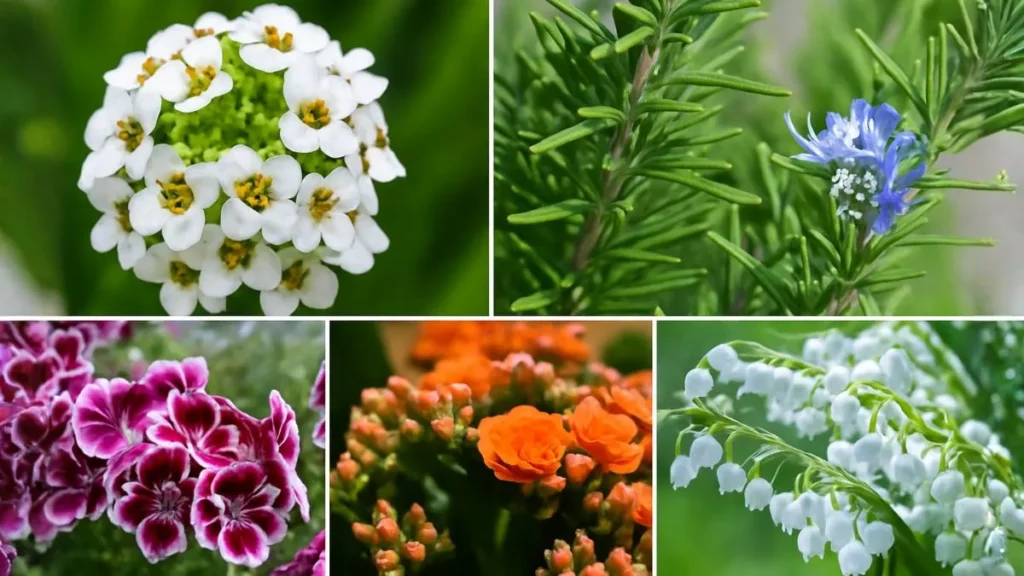If you’re into gardening in Canada, the USA, or anywhere else, you’ve probably heard this common advice: cut off faded flowers to keep the plant blooming. That’s the essence of deadheading. It keeps gardens neat and often triggers new blossoms.
But here’s what most beginners don’t know: many plants don’t need to be deadheaded at all. In fact, cutting them at the wrong time can reduce next season’s flowers, strip away natural beauty, and even deprive birds of food.
When I first started gardening, I made the same mistake. Every time a flower looked faded, I snipped it away. Later, I realized I was also removing seed heads that birds loved, and in some cases, I reduced natural reseeding. That was my wake-up call—deadheading isn’t “one rule fits all.”
Why Some Flowers Should Be Left Alone
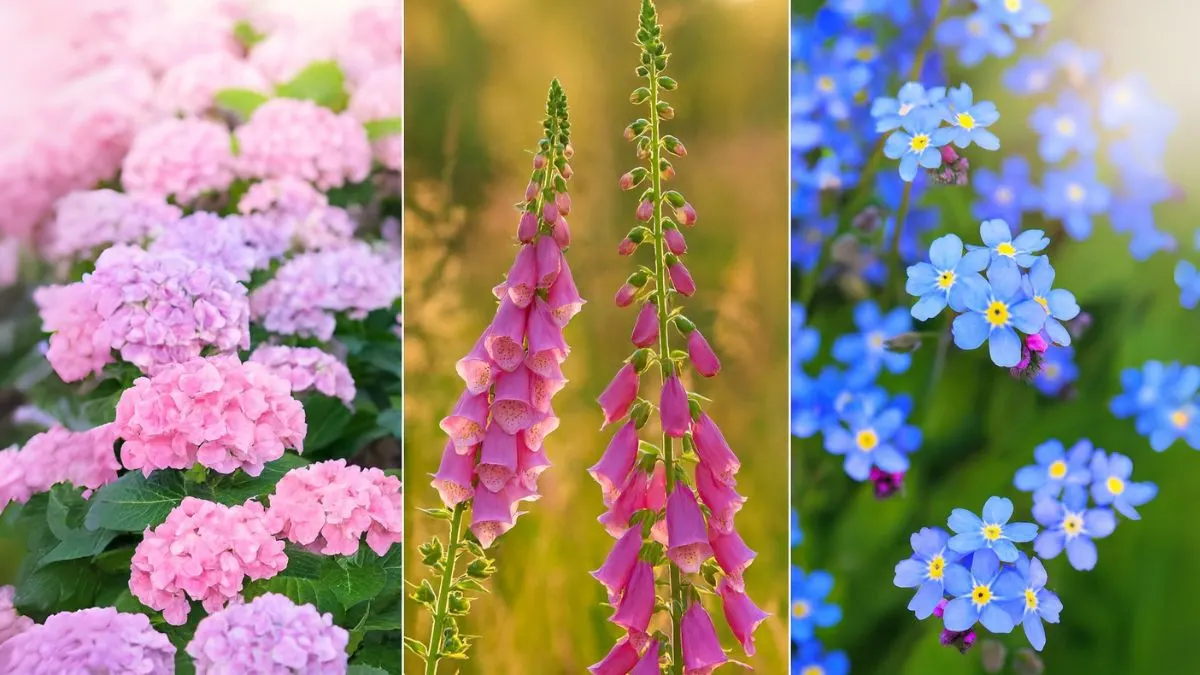
The need for deadheading depends on a plant’s growth cycle. Some flowers bloom just once, others self-seed, and many produce seed heads that add texture to the garden. Removing them interferes with their natural process.
By knowing which flowers to leave alone, you’ll enjoy more blooms in future years, add charm to your winter garden, and help wildlife thrive. Let’s explore six popular plants across North America and worldwide that reward you if you resist the urge to deadhead.
1. Poppies and Foxgloves
Both Poppies and Foxgloves are biennials or short-lived perennials. Their biggest strength? Self-seeding. After flowering, they set seed pods that scatter naturally, guaranteeing fresh growth the following season.
I learned this the hard way. One summer, I cut my poppies as soon as they faded. The next year, my flower bed looked sparse. When I left them alone the following season, the garden was full of brilliant reds, oranges, and purples.
By letting them seed, you reduce replanting efforts and enjoy carpets of blooms year after year.
2. Jerusalem Sage
Gardeners adore Jerusalem sage for its golden-yellow flowers and bold structure. But the real magic appears after flowering. Its seed heads turn into round, globe-like shapes that stand tall even in winter.
This makes Jerusalem sage an all-season beauty. In dry gardens across Canada and the USA, it thrives where many plants fail, especially in poor soil. By not cutting it back, you get summer blooms for bees and winter sculpture for your yard.

3. Forget-Me-Nots
Few flowers charm like Forget-Me-Nots with their carpets of tiny blue blooms. These little wonders are also prolific self-seeders.
If you let the flowers fade naturally, the seeds scatter across your garden, creating magical borders the following year. In cooler regions like northern USA and Canada, they spread beautifully in shady corners, attracting pollinators too.
Also Read: Urban Orcharding: Columnar Fruit Trees That Make Balconies Bloom
When I resisted cutting them back one year, I was surprised to see them multiply and brighten my garden with minimal effort. That’s the beauty of letting Forget-Me-Nots do their thing.
4. Coneflowers
Coneflowers are famous for resilience, long-lasting color, and wildlife benefits. If you deadhead them too soon, you miss one of their best gifts—the seed heads.
Goldfinches and other birds feed on these seeds well into fall and winter. Their dark cone-shaped heads also look stunning poking through snow, adding rustic beauty to otherwise dull winter gardens in North America.
By leaving coneflowers untouched, you’re not just saving time—you’re creating a mini-bird buffet and ensuring natural reseeding.
5. Sedums
Unlike many perennials, Sedums produce a single flush of blooms in summer or fall. Once flowers fade, they don’t re-bloom, so deadheading doesn’t help.
Instead, their dried flower heads age into bronze or copper tones that bring unique winter interest. In frosty Canadian and American landscapes, these seed heads sparkle with ice crystals, looking like natural art pieces.
Personally, I leave my sedums standing until spring. Not only do they protect the crown of the plant, but they also add structure and depth to an otherwise flat winter garden.
6. Hydrangeas
The case of Hydrangeas sparks debates among gardeners. But one thing’s clear—don’t rush to cut them back. Their dried flowers serve more than one purpose.
In cold climates, faded hydrangea heads act like a shield, protecting the plant from frost. At the same time, they create stunning winter displays. Snow resting on hydrangea blooms looks like nature’s lacework.
Cutting them too early risks damaging next season’s buds, especially in varieties that flower on old wood. Many gardeners in the USA and Canada leave hydrangea blooms on all winter for both protection and beauty.
Also Read: Why Gardeners Plant Garlic in September
Quick Reference Guide
Here’s a simple summary for when you’re unsure about deadheading:
Flower |
Why Not to Deadhead |
Poppies and Foxgloves |
Rely on self-seeding for next year’s blooms. |
Jerusalem sage |
Seed heads add architectural winter beauty. |
Forget-Me-Nots |
Self-seed freely, creating carpets of blooms. |
Coneflowers |
Seed heads feed birds and ensure natural reseeding. |
Sedums |
Produce a single flush of blooms in summer or fall, seed heads add winter charm. |
Hydrangeas |
Protect against frost, preserve buds, and add winter interest. |
Deadheading is often promoted as the golden rule of gardening—but like all rules, there are exceptions. Many plants don’t need to be deadheaded. In fact, leaving them alone often leads to stronger gardens, more wildlife, and richer year-round beauty.
From Poppies and Foxgloves that keep reseeding, to Jerusalem sage and Sedums that bring winter architecture, to Coneflowers and Hydrangeas that feed birds and protect next year’s blooms—each plant has its own rhythm.
So, before you reach for the shears, pause for a moment. Look at the plant. Ask yourself: is it better left as it is? Sometimes, doing less in the garden actually gives you more.
